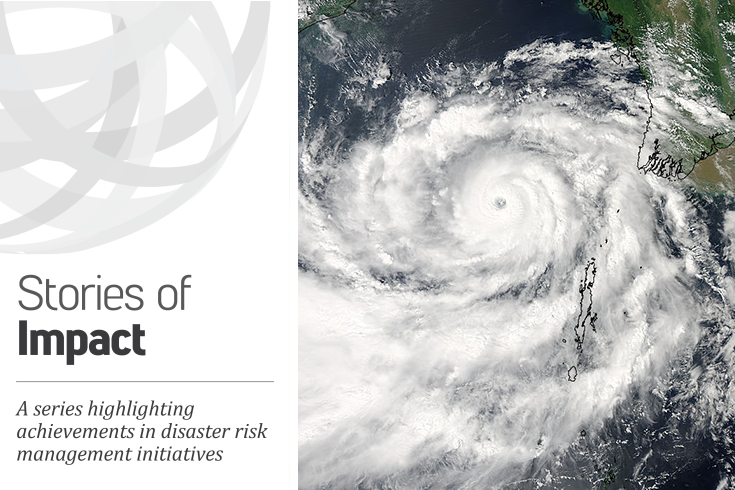
Dev Niyogi, professor of agronomy and earth, atmospheric and planetary science, noted that while the Orissa supercyclone that year made landfall in the state now known as Odisha on the Bay of Bengal coast and killed that many people, the death toll from a similar storm in the same area in 2013 – very severe cyclonic storm Phailin – was 39.
“The storm in 1999 was a pretty massive disaster,” said Niyogi, who is also Indiana state climatologist. “Phailin, in 2013, was roughly the same strength and took about the same track, and it had roughly the same intensity, yet this time the number of deaths was many times smaller. When we improve science, when we improve models, it impacts the ability for officials to make life-or-death decisions and implement effective disaster and communication plans. This is the result of science and action.”
In 2000, the U.S. and Indian governments developed the Indo-US Science and Technology Forum, whose purpose is to catalyze collaborations in science, technology, engineering and biomedical research through interactions involving government, academia and industry. Niyogi and collaborators from the Indian Institute of Technology Bhubaneswar, the U.S. National Oceanic and Atmospheric Administration, the Indian National Institute of Technology Rourkela and the India Meteorological Department compared the storms in the December issues of the journalEarth Interactions.
Significant improvement in storm forecasting models was key to those results. Whereas storm watchers in 1999 were guessing at a 300-kilometer range of where the Orissa cyclone would make landfall, that number was cut in half by 2013’s models. Along with more certainty about the storm’s path came better information about the strength of the cyclone and the potential for damage and death.
“The ability to communicate accurate forecasts improved the credibility of the information with Phailin,” Niyogi said. “The confidence that the media have in the output of the model helps them communicate with people in real time.”
After the Orissa cyclone, government agencies in India worked with U.S. partners to develop new methods for disseminating warnings to the public. Besides the advent of social media, which helped spread information quickly, the India Meteorological Department implemented a broad-based strategy for keeping the coastal population informed, including updates on the Web and through texts, email, telephone, telefax, television and radio.
The Indian government also spent years planning and building infrastructure and action plans for a storm, including evacuation protocols, identifying safe buildings for evacuees and developing community-based volunteer teams to assist with the process.
Full details from Purdue University
